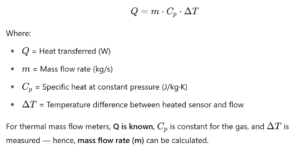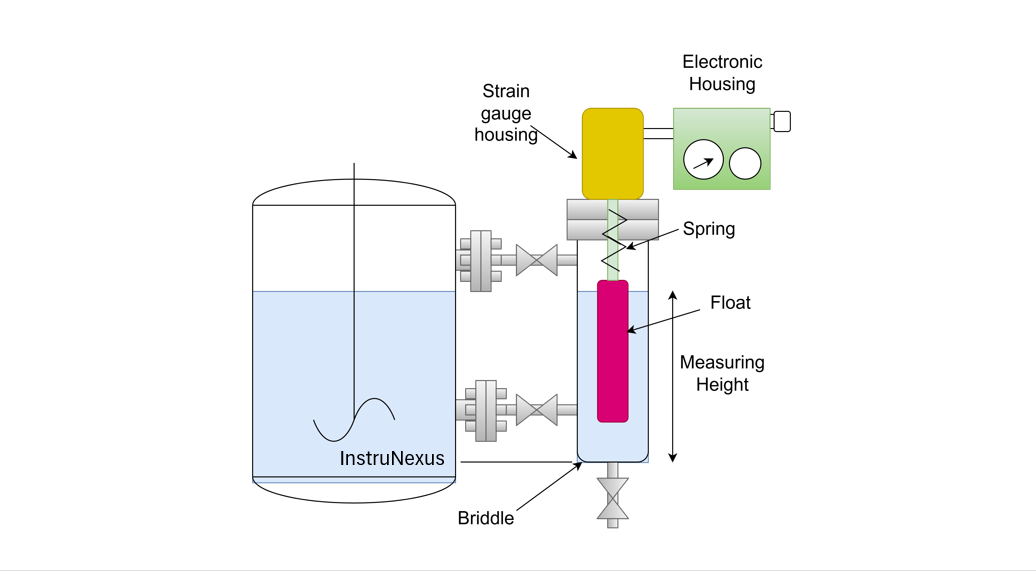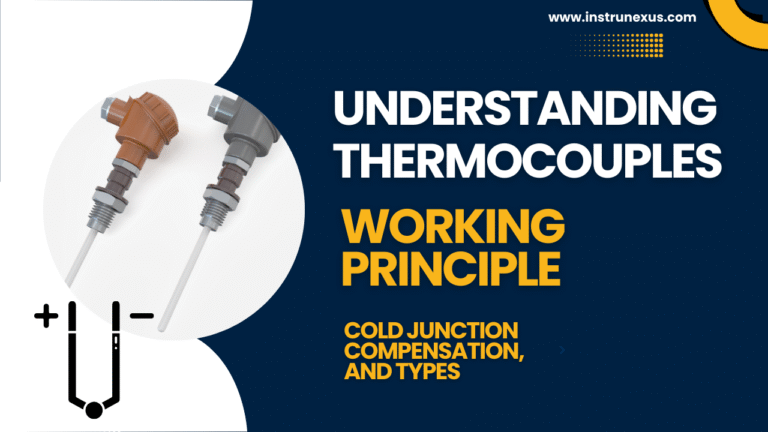Recent Updates
LOPA (Layer of Protection Analysis) – 50 Common Interview Questions LOPA (Layer of Protection Analysis) Top 50 Interview Questions & Answers © 2025 Instrunexus. All Rights Reserved...
Gas Chromatography (GC) – 50 Common Interview Questions Gas Chromatography (GC) 50 Most Common Interview Questions & Answers © 2025 Instrunexus. All Rights Reserved...
Q: What is a hazardous area?A: A hazardous area is a location where flammable gases, vapors, or dust may exist in sufficient quantities to produce explosive or ignitable mixtures. Q: What are the main types of hazardous materials considered?A: Gases/vapors and combustible dusts. Q: What are the different methods of...
Introduction Thermal Mass Flow Meters (TMFMs), also known as thermal dispersion or thermal flow meters, are specialized instruments used primarily for the measurement of mass flow rates of gases. Unlike other flow meters that infer mass flow from volumetric flow and density, thermal mass flow meters measure the mass flow...
1. Introduction Positive Displacement (PD) flow meters are among the most accurate types of flow measurement instruments available in the industry. Unlike other flow meters that infer flow rate based on velocity or differential pressure, PD meters measure the actual volume of the fluid passing through the meter. They operate...
Interactive Guide to Radar Level Measurement Radar Level Guide Principles Technology Modulation Application Installation Full Report An Interactive Guide to Radar Level Measurement Explore the principles, technologies, and applications of modern radar level transmitters. This guide translates complex technical data into an interactive experience to help you understand and select...
Understanding Displacer Level Transmitters Displacer Level Transmitters Principle Anatomy Applications Implementation Comparison Conclusion A Deep Dive into Displacer Technology Explore the foundational principles, mechanical designs, industrial applications, and lifecycle management of one of process control’s most reliable level measurement technologies. This interactive guide translates complex engineering concepts into an easy-to-understand...
The Ultimate Guide to RTD Sensors RTD Working Principle Explained An interactive and comprehensive guide to Resistance Temperature Detectors: from fundamentals to real-world applications. 1. What is an RTD? RTD stands for Resistance Temperature Detector. It’s a high-precision sensor that measures temperature by correlating the electrical resistance of its core...
Understanding Thermocouples: An Interactive Guide Understanding Thermocouples An interactive guide to their working principle, types, and applications. What is a Thermocouple? Temperature is one of the most commonly measured physical parameters in various industrial, scientific, and domestic applications. A thermocouple is a simple, durable, and versatile sensor used to measure...






